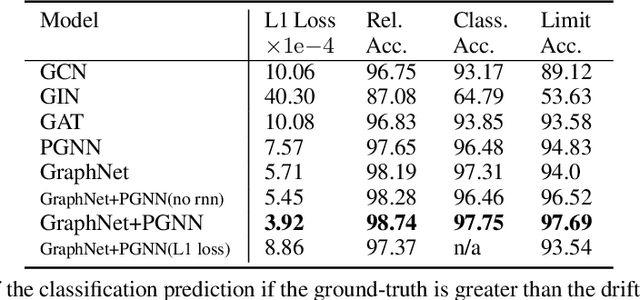Learning to simulate and design for structural engineering
Paper and Code
Mar 20, 2020



In the architecture and construction industries, structural design for large buildings has always been laborious, time-consuming, and difficult to optimize. It is an iterative process that involves two steps: analyzing the current structural design by a slow and computationally expensive simulation, and then manually revising the design based on professional experience and rules. In this work, we propose an end-to-end learning pipeline to solve the size design optimization problem, which is to design the optimal cross-sections for columns and beams, given the design objectives and building code as constraints. We pre-train a graph neural network as a surrogate model to not only replace the structural simulation for speed but also use its differentiable nature to provide gradient signals to the other graph neural network for size optimization. Our results show that the pre-trained surrogate model can predict simulation results accurately, and the trained optimization model demonstrates the capability of designing convincing cross-section designs for buildings under various scenarios.
 Add to Chrome
Add to Chrome Add to Firefox
Add to Firefox Add to Edge
Add to Edge